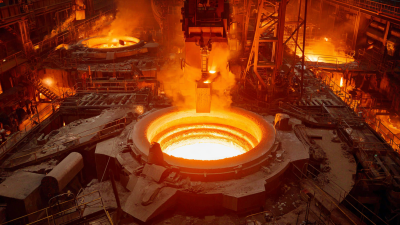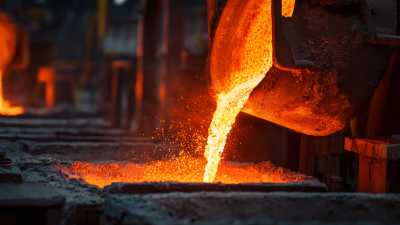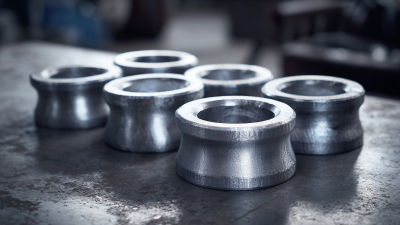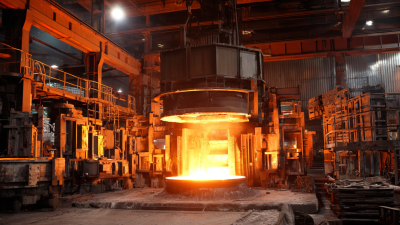When embarking on a project that requires metallic components, selecting the right Stainless Foundry is a critical decision that can significantly impact the quality and performance of the final product. Given the diverse applications of stainless steel across various industries, the selected foundry must possess specific expertise, advanced technology, and a commitment to quality assurance. This guide will help you navigate through the intricacies of choosing the ideal Stainless Foundry tailored to your project requirements, emphasizing key factors such as material specifications, production capabilities, and industry certifications. By understanding these elements, you can ensure that your collaboration with a foundry leads to successful project outcomes, meeting both functional and aesthetic demands. Let's delve into the essential criteria that will guide you in making this important choice.
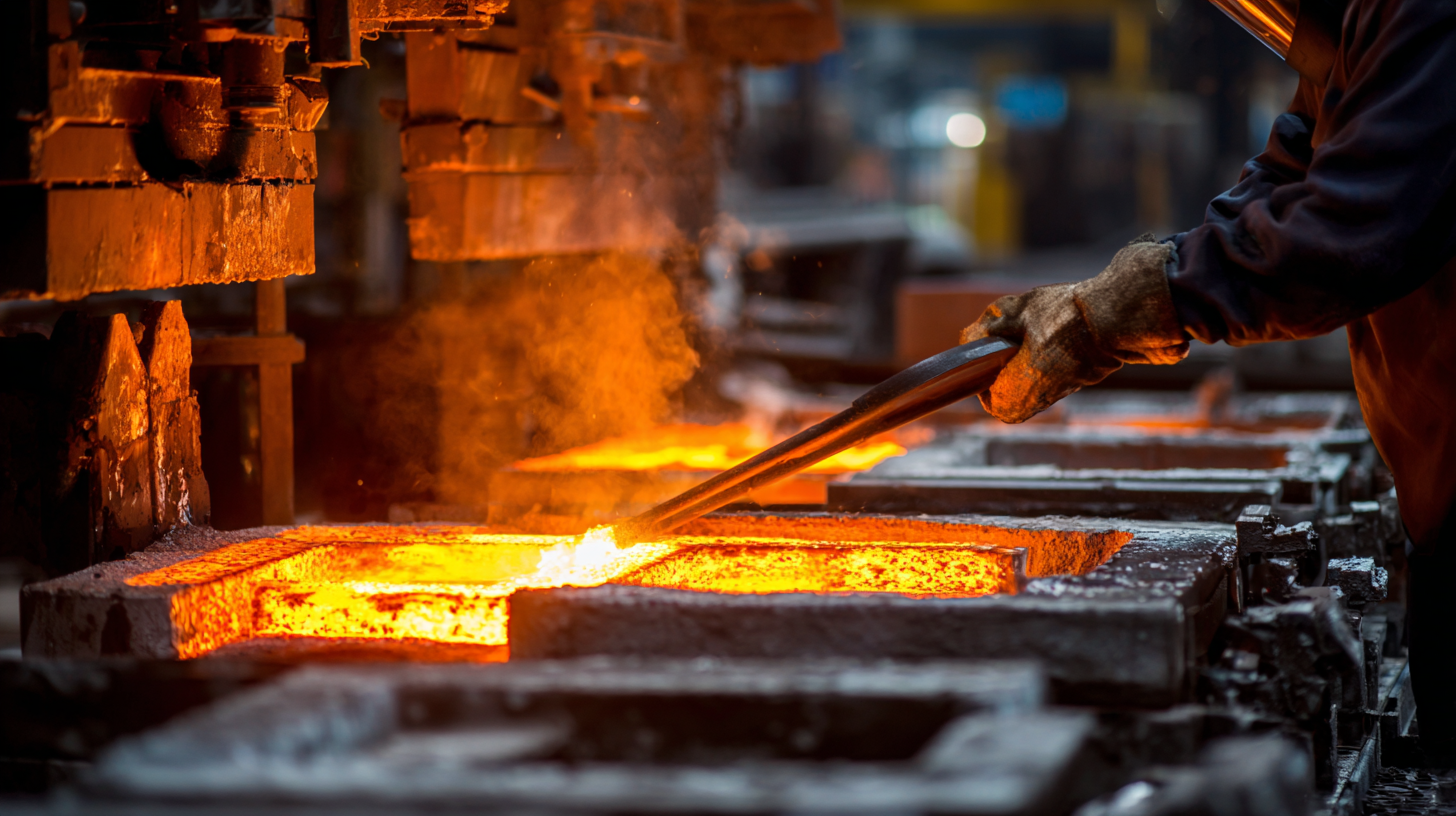
When selecting the right stainless foundry for your project, it’s essential to understand the various types of stainless steel alloys and their specific applications. Stainless steel alloys are categorized primarily by their crystal structures, primarily austenitic, ferritic, and martensitic. Austenitic stainless steels, such as grades 304 and 316, are known for their exceptional corrosion resistance and are widely used in food processing, medical devices, and kitchen equipment. Their high ductility and weldability make them a popular choice for complex shapes and structures.
Ferritic stainless steels, including grades 430 and 446, are magnetic and provide moderate corrosion resistance. They are often found in automotive exhaust systems and architectural applications where strength and aesthetic appeal are important. On the other hand, martensitic stainless steels, like grade 410, offer higher strength and hardness, making them suited for applications requiring good wear resistance, such as cutlery and high-stress components. By understanding these alloy types, you can better assess which stainless foundry aligns with your project requirements and ensure optimal performance and durability for your intended use.
| Alloy Type | Common Applications | Corrosion Resistance | Strength | Weldability |
|---|---|---|---|---|
| 304 | Food processing, chemical containers | Good | Moderate | Excellent |
| 316 | Marine applications, medical devices | Very Good | Moderate | Good |
| 430 | Automotive applications, kitchen appliances | Fair | High | Poor |
| 2205 | Oil & gas environments, chemical processing | Excellent | High | Good |
| 904L | Pharmaceuticals, pollution control | Excellent | Moderate | Good |
When selecting a stainless foundry for your project, it is crucial to evaluate their production capabilities against established industry standards. Different foundries specialize in various methods, such as sand casting, investment casting, or centrifugal casting, and understanding these methodologies helps ensure compatibility with your project requirements. Investigate their production processes to see if they conform to relevant certifications, such as ISO 9001, which indicates consistent quality management systems.
Moreover, assess the foundry's capacity to handle the specific alloys and grades of stainless steel pertinent to your project. A foundry that regularly produces components in your required material grade will have the necessary expertise and equipment to ensure quality output. Additionally, consider their ability to meet fluctuating demand, whether through scalability in production or efficient lead times. The combination of adherence to industry standards and material-specific expertise is key in making the right choice for your stainless foundry partner.
When selecting a stainless foundry for your project, assessing quality control measures is critical for achieving optimal outcomes. A report from the American Foundry Society reveals that approximately 30% of foundry defects can be traced back to inadequate quality control protocols. This statistic underscores the necessity of a comprehensive quality management system that includes thorough inspection processes, material certification, and adherence to industry standards such as ISO 9001.
Moreover, leading foundries utilize advanced technologies such as automated quality inspection and real-time monitoring to minimize defects. According to a study by the International Journal of Metalcasting, foundries employing rigorous quality control techniques improved their defect rates by up to 25%. It's essential to inquire about a foundry's quality assurance practices, including their testing methods for mechanical properties and alloy compositions. Ensuring that the foundry maintains a strong emphasis on quality will contribute significantly to the success and durability of your stainless steel components.
When selecting a stainless foundry for your project, cost factors play a crucial role in balancing quality and budget constraints. The initial step is to outline your project requirements, ensuring you understand the specific stainless steel grades and casting processes necessary for your application. This clarity will enable you to obtain more accurate quotes and assess the overall value offered by various foundries.
Tip: Always request quotes from multiple foundries and compare not just the prices, but also the quality of materials and workmanship they provide. A lower price might reflect inferior quality, which can lead to higher costs in the long run due to repairs or replacements.
Another significant aspect to consider is the hidden costs associated with your project. Additional expenses can arise from factors such as shipping, lead times, and finishing processes. Understanding these elements upfront will help you establish a more accurate budget and avoid unexpected expenses.
Tip: Engage in open communication with foundry representatives to gather detailed information about any potential additional costs. This dialogue can also reveal their capabilities and willingness to accommodate your unique project needs, ultimately contributing to a better partnership.
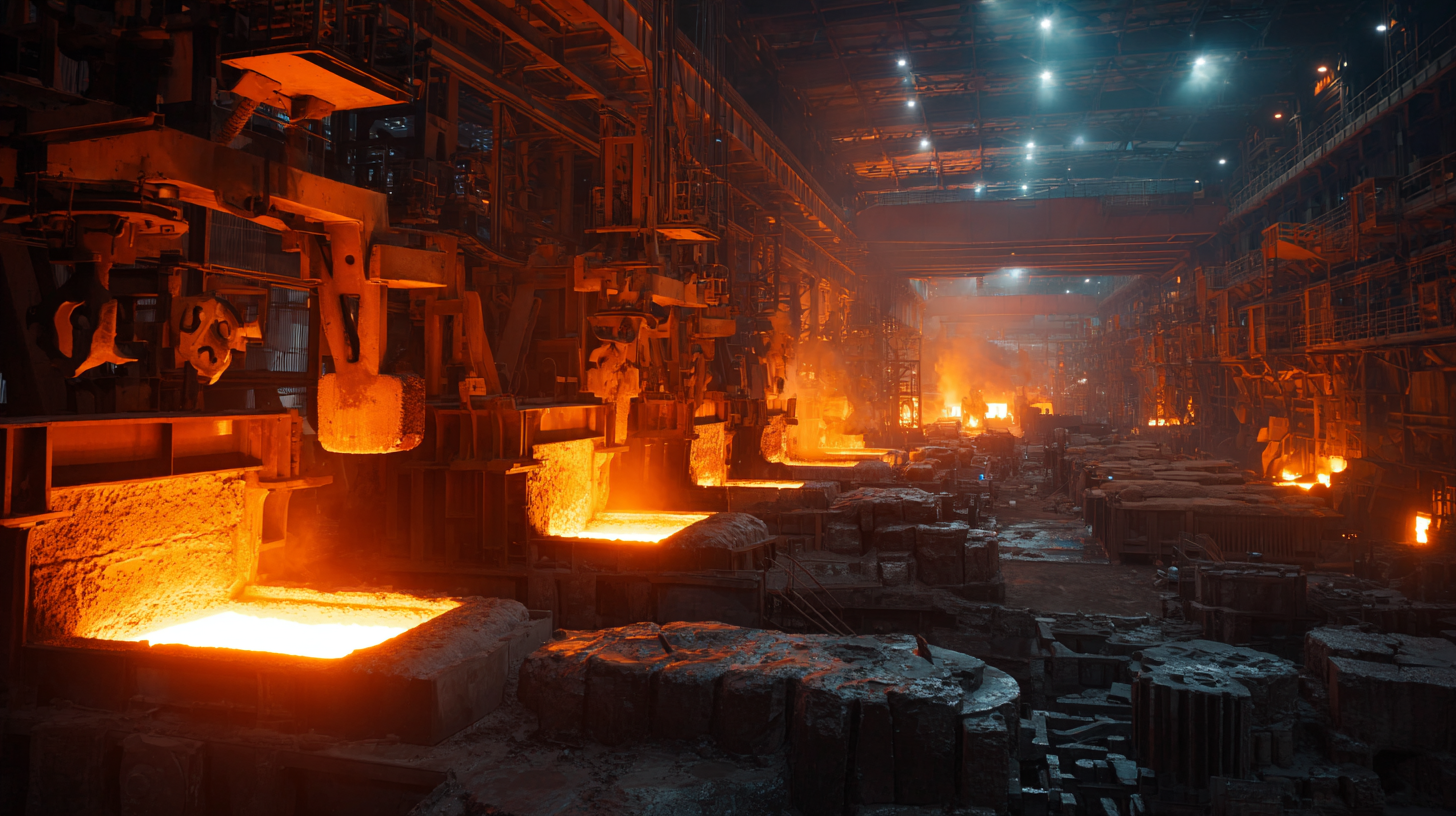
When selecting a stainless foundry for your project, one of the most critical aspects to consider is the industry certifications held by the foundry. Certifications serve as a testament to a foundry's adherence to stringent quality standards and industry best practices. Key certifications to look for include ISO 9001, which ensures a robust quality management system, and ASTM International standards that outline specific requirements for stainless steel products. According to a report by the American Foundry Society, facilities with these certifications often report a 20-30% reduction in defects, significantly enhancing the reliability of the end product.
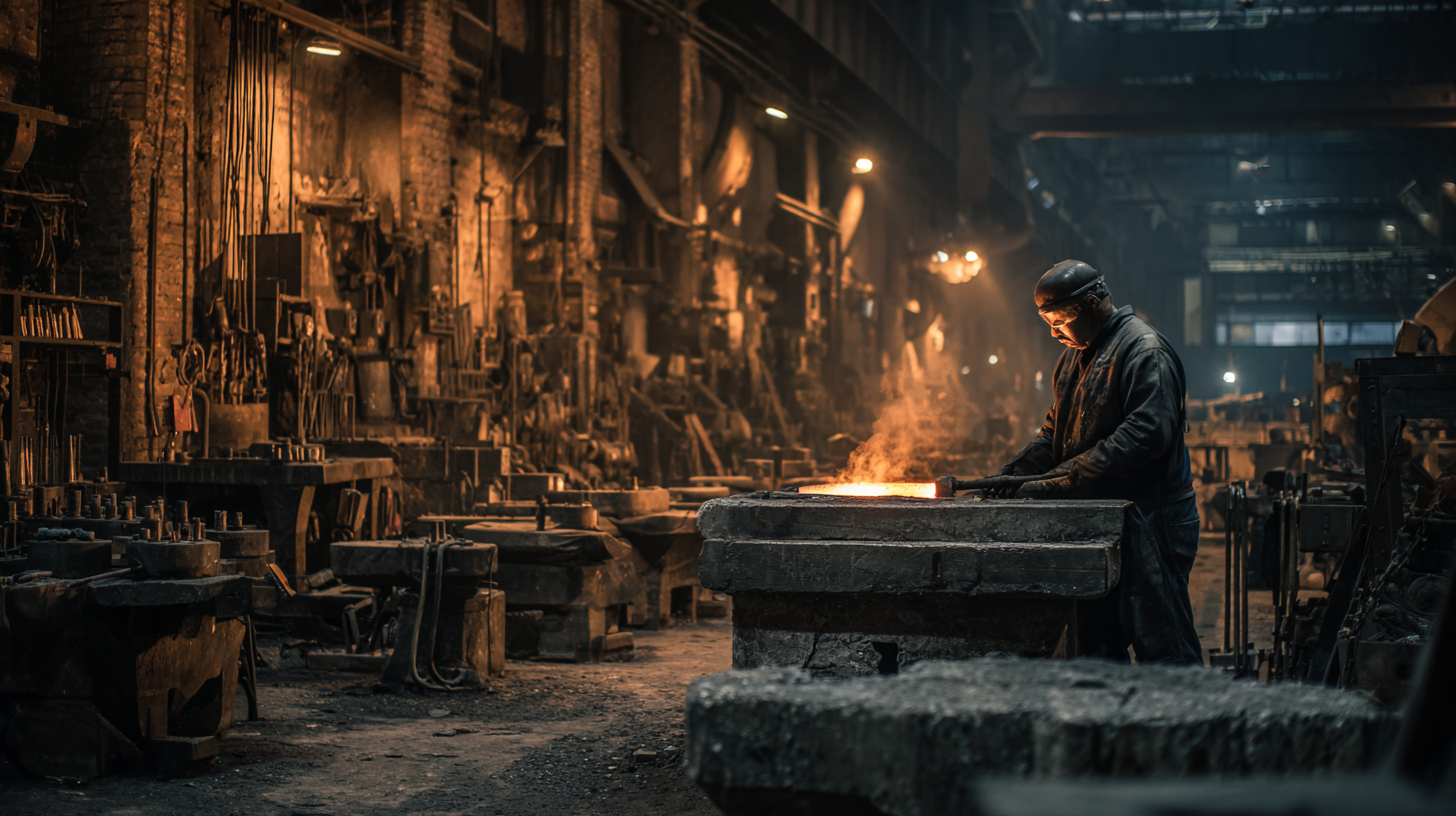
Additionally, metal foundries should possess the AS9100 certification, particularly for projects within the aerospace sector. This certification indicates compliance with high-level quality management practices specific to aerospace requirements. A study published in the Journal of Materials Science noted that AS9100 certified foundries had 40% fewer recalls than non-certified peers. It is essential to ensure that the foundry's certifications align with the material specifications and industry standards pertinent to your project, as this will greatly influence both the quality and performance of the final product.
